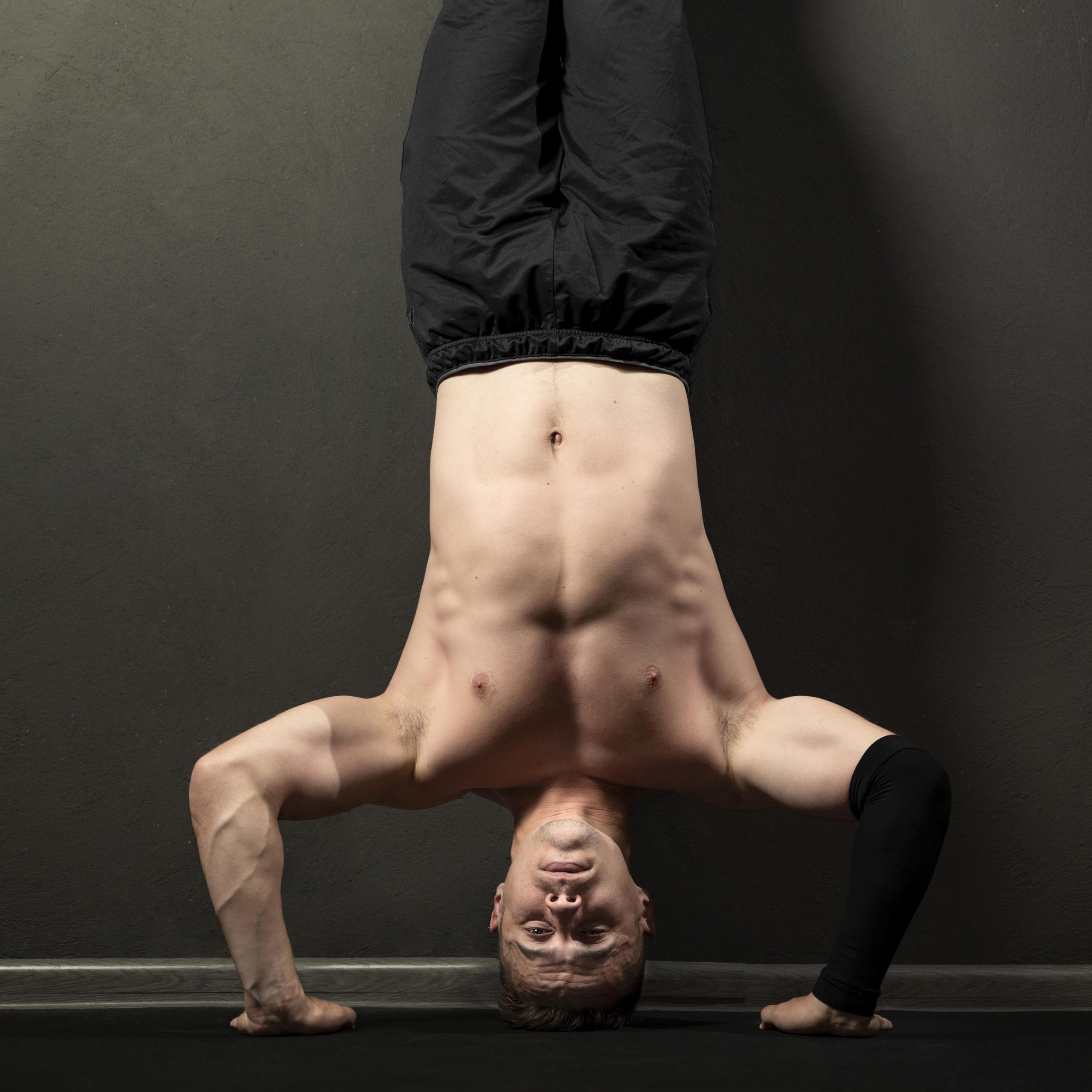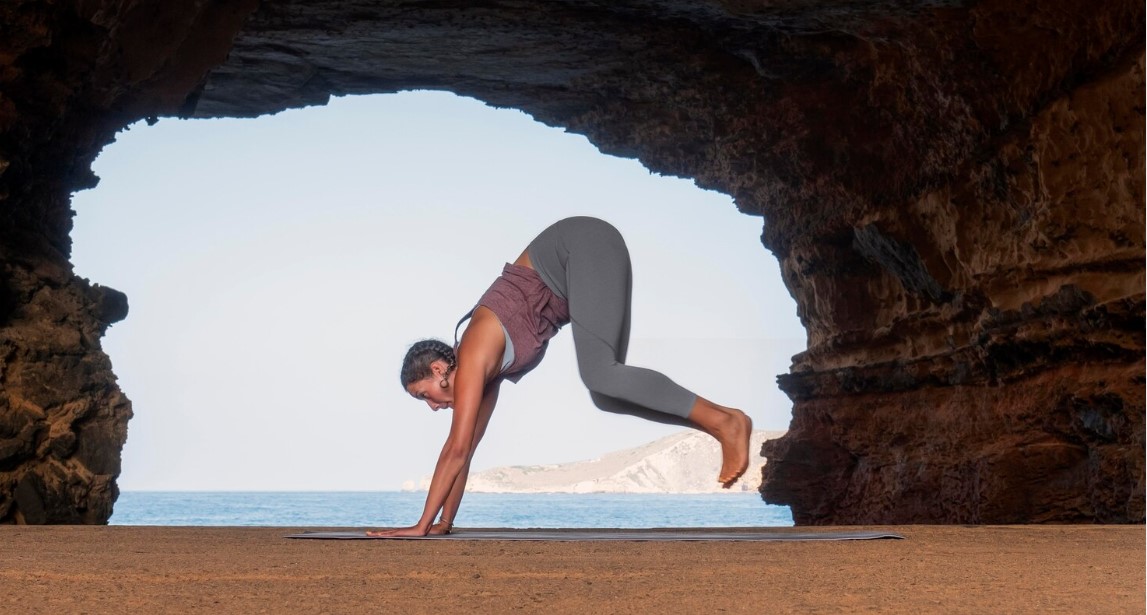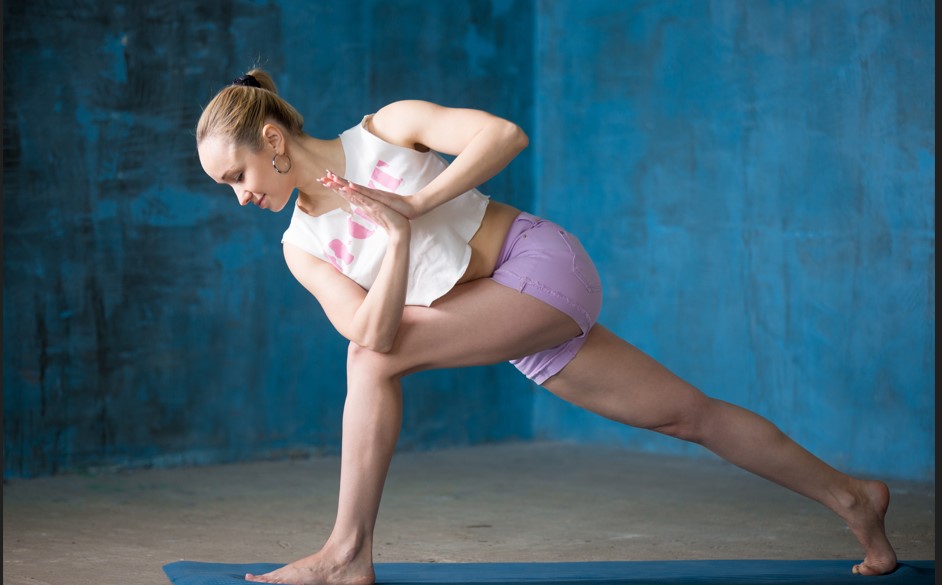Can Yoga Build Muscle? A Comprehensive Look
Yoga is widely known for its ability to enhance flexibility, reduce stress, and promote mental clarity, but can it also build muscle? The answer is a resounding yes—yoga can indeed contribute to muscle growth and overall strength, though its methods and outcomes differ from traditional strength training like weightlifting. While it may not lead to the bulky muscle mass associated with heavy lifting, yoga offers a unique, holistic approach to building lean, functional muscle. Let’s dive into how yoga fosters muscle development, how it stacks up against other exercises, and how to maximize its potential for strength gains.
How Yoga Builds Muscle
Muscle growth, or hypertrophy, occurs when muscle fibers experience stress, resulting in microscopic tears that repair and grow stronger over time. Yoga facilitates this process through a blend of bodyweight resistance, isometric contractions, and dynamic movements:
-
Bodyweight Resistance: Many yoga poses require you to support your own body weight, creating natural resistance. Poses like Plank, Chaturanga, Warrior II, and arm balances (e.g., Crow) engage multiple muscle groups simultaneously, leading to increased strength and muscle tone. For example, holding a Plank works the core, shoulders, and arms, while Chaturanga targets the chest, triceps, and back.
-
Isometric Contractions: Holding poses for extended periods—like Chair Pose or Downward Dog—involves isometric contractions, where muscles work continuously without changing length. This builds endurance and stability, strengthening both large and smaller stabilizing muscles.
-
Dynamic Movements: Flow-based styles such as Vinyasa and Power Yoga involve smooth transitions between poses, adding a dynamic element. These movements not only improve cardiovascular health but also activate muscles in ways that enhance strength and coordination.
You can see here an article that you interested in
The muscle-building potential varies by yoga style:
-
Hatha Yoga: A gentler, slower practice, it builds foundational strength but is less effective for significant muscle growth.
-
Vinyasa or Power Yoga: Faster-paced and more physically demanding, these styles increase resistance and endurance, promoting moderate muscle gains.
-
Ashtanga Yoga: A rigorous, structured practice that can rival moderate resistance training in muscle engagement.
Consistency and progression amplify results. Holding poses longer, adding repetitions, or incorporating advanced variations (e.g., transitioning from Plank to Side Plank) can intensify the challenge. Research indicates that regular yoga practice boosts muscle endurance and strength, typically yielding leaner, toned muscles rather than bulky mass.
Comparing Yoga to Traditional Strength Training and Other Exercises
To fully grasp yoga’s role in muscle building, let’s compare it to popular alternatives like weightlifting, calisthenics, and cardio:
-
Weightlifting: The gold standard for hypertrophy, weightlifting uses external resistance (dumbbells, barbells) to overload muscles, driving significant size and strength gains. It’s highly targeted—allowing isolation of specific muscles like biceps or quads—but requires equipment and proper technique to avoid injury.
-
Calisthenics: Similar to yoga, calisthenics relies on bodyweight resistance (e.g., push-ups, pull-ups), building functional strength and muscle, often with greater intensity than yoga. However, it may not match yoga’s focus on flexibility and mindfulness.
-
Cardio (e.g., Running, Cycling): Focused on endurance, cardio strengthens the heart and burns fat but doesn’t directly build muscle unless resistance is added (e.g., sprinting uphill).
-
Yoga: Balances strength, flexibility, and endurance. It’s less efficient for rapid muscle growth but excels in functional fitness, injury prevention, and holistic benefits.
Hypertrophy vs. Toning
Traditional strength training often targets muscle hypertrophy—an increase in muscle size—through high-intensity resistance and progressive overload. Yoga, by contrast, primarily builds lean muscle, emphasizing endurance, flexibility, and balance over sheer mass. This makes it ideal for toning rather than bulking, though it can still produce noticeable strength improvements with the right approach.
Functional Strength
Yoga stands out for its emphasis on functional strength. By engaging stabilizing muscles—like those in the core or rotator cuff—it improves posture, joint stability, and coordination. This reduces injury risk and enhances overall fitness, offering benefits that complement more intense muscle-building methods.
Comparison Table: Yoga vs. Other Exercises for Muscle Building
| Exercise Type | Muscle Building Potential | Primary Muscle Focus | Equipment Needed | Flexibility Gains | Time to See Results | Additional Benefits |
|---|---|---|---|---|---|---|
| Yoga | Moderate (lean muscle) | Full body, core, stabilizers | None (mat optional) | High | 6-12 weeks | Stress relief, balance, mobility |
| Weightlifting | High (bulk or lean) | Targeted (e.g., biceps, quads) | Weights, gym access | Low | 4-8 weeks | Raw strength, power |
| Calisthenics | Moderate to High | Full body, upper/lower split | Minimal (bars optional) | Moderate | 4-10 weeks | Functional fitness, agility |
| Cardio | Low | Legs, cardiovascular system | None or equipment | Low | Minimal muscle growth | Endurance, fat loss |
Benefits of Yoga for Muscle Building
-
Full-Body Engagement: Poses like Boat Pose, Warrior III, or Downward Dog work multiple muscle groups at once, improving coordination and functional strength.
-
No Equipment Needed: Yoga’s accessibility—requiring only a mat or nothing at all—makes it a practical choice for home workouts.
-
Injury Prevention: Enhanced flexibility and joint stability reduce the risk of strains, a common concern with high-impact exercises.
-
Mind-Muscle Connection: Yoga’s focus on breath and awareness fosters better muscle activation and control, enhancing the effectiveness of each pose.

Limitations of Yoga
-
Slower Gains: Yoga won’t match the speed or volume of muscle growth achievable with heavy weights.
-
Plateau Potential: Without increasing intensity (e.g., adding weights or mastering advanced poses), progress may stall.
-
Not Ideal for Bulk: If your goal is significant muscle size (e.g., a bodybuilder’s physique), yoga alone won’t suffice.
Maximizing Muscle Gains with Yoga
To enhance yoga’s muscle-building potential:
-
Incorporate Challenging Poses: Focus on poses that demand strength and control, such as arm balances (e.g., Crow, Firefly), inversions (e.g., Headstand), and deep squats (e.g., Chair Pose). These engage multiple muscle groups and increase resistance.
-
Increase Hold Times: Lengthening the duration of poses—like holding Plank for 60 seconds—boosts muscle engagement and fatigue, encouraging strength development.
-
Blend with Other Training: For those seeking significant muscle growth, combining yoga with weight training or calisthenics offers a balanced approach. Use yoga on rest days to improve flexibility, core strength, and recovery while complementing the hypertrophy from other exercises.
Who Should Choose Yoga for Muscle Building?
Yoga is ideal for beginners, those seeking a low-impact option, or anyone wanting to enhance their fitness routine with functional strength and flexibility. It’s also a sustainable practice that benefits both body and mind, making it a valuable addition for athletes, gym-goers, or casual exercisers alike.

Conclusion
Yoga can indeed build muscle, particularly lean, functional muscle that enhances overall fitness and endurance. While it may not replace the rapid, voluminous muscle-building effects of heavy resistance training, it offers a powerful, accessible alternative for developing strength, flexibility, and balance. Whether you’re holding Warrior II, flowing through a Vinyasa sequence, or mastering an arm balance, yoga proves that muscle-building doesn’t always require a gym—just dedication and your own body weight. Its holistic approach makes it a great standalone practice or a complement to other workouts, providing benefits that extend beyond the physical to nurture the mind as well. Roll out a mat and give it a try—you might not become the Hulk, but you’ll likely emerge stronger, more balanced, and pleasantly surprised by the challenge it brings.

